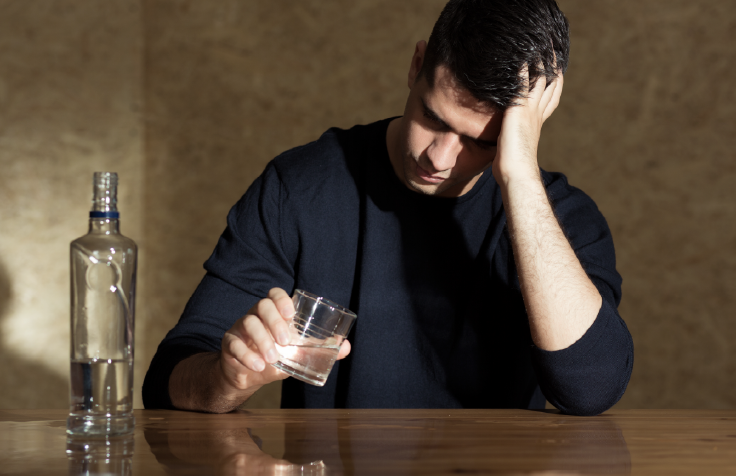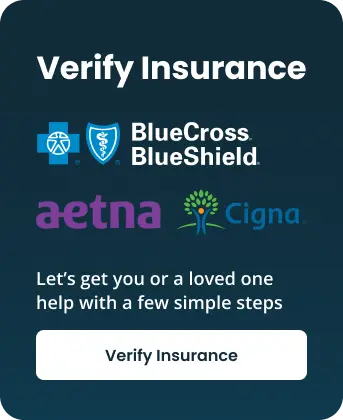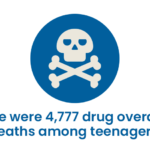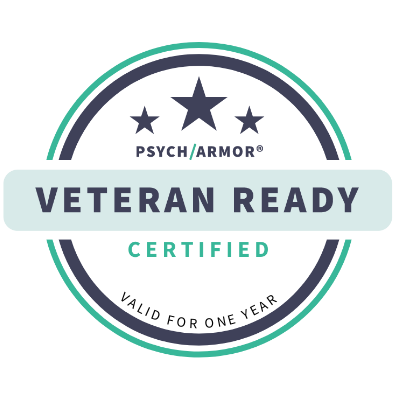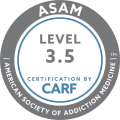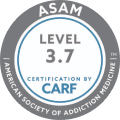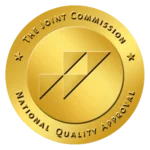Harm reduction strategies aim to minimize the negative consequences of drug use for people. These approaches prioritize health and safety by offering harm reduction services and social support rather than solely focusing on stopping substance use.
By providing clean needles, supervised injection sites, and education about safe drug use, harm reduction reduces risks associated with substances. It complements drug and alcohol use treatment by meeting individuals, addressing their unique needs, and helping them make safer choices. Ultimately, harm reduction acknowledges the complexities of drug use, striving to improve overall well-being and minimize harm in society.
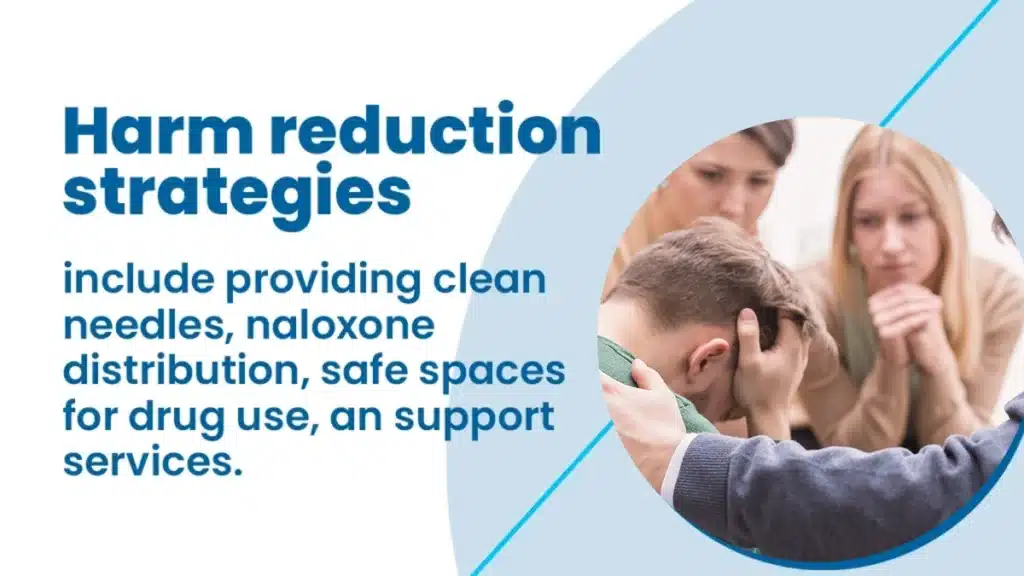
Key Takeaways
Harm reduction strategies prioritize safety and support over solely stopping drug use. This article will highlight the following key points:
- Drug abuse, especially opioids, is a pressing concern with rising overdose deaths.
- Medical professionals use harm reduction strategies like supervised injection sites to minimize harm.
- Needle and syringe programs provide sterile equipment to reduce disease transmission.
- Minimizing health risks, preventing overdoses, supporting change, and respecting individual needs are vital aims.
There’s no need to fight the substance addiction battle alone. The Haven Detox-South Florida is here to lead you toward sobriety. Contact us at (561) 328-8627 for more information.
The Hidden Epidemic: Prevalence of Drug Abuse
The prevalence of drug abuse remains a significant concern in the United States. Illicit drug use, including opioid addiction, has escalated in recent years. Opioids, in particular, played a devastating role, with a staggering 80,411 overdose deaths recorded in 2021.
Public drug use is increasingly visible, posing challenges to communities. It not only endangers users but also disrupts public spaces. Harmful consequences, such as opioid or other drug overdoses, continue to escalate, necessitating immediate attention.
Harm Reduction Approach and Medical Professionals
Medical staff and public health officials are implementing harm-reduction measures to combat this crisis. Supervised injection sites are being established in some areas to provide a safer drug-consumption environment. These sites aim to reduce the spread of HIV and other blood-borne infections often associated with injection drug use.
While harm reduction strategies acknowledge the persistence of drug addiction, they prioritize saving lives and minimizing the harms of drug use. This approach seeks to engage individuals struggling with addiction, offering them support, resources, and pathways to recovery.
Efforts to address the prevalence of drug abuse require a comprehensive approach, combining treatment, prevention, and harm reduction. The opioid overdose statistic is a stark reminder of the urgency of combating drug addiction and its devastating consequences on individuals and communities.
A Holistic Approach: Key Principles of Harm Reduction
The principles of harm reduction guide is a vital intervention in the United States for drug users. Harm reduction programs, such as those led by the Harm Reduction Coalition, prioritize pragmatic practices.
These programs emphasize medication distribution, such as naloxone and Suboxone, a lifesaving medication to reverse opioid overdoses. The experts utilizing this principle provide information on fentanyl, heroin, and other potent and deadly drugs to prevent accidental overdoses.
Sterile injecting equipment is also distributed to reduce the transmission of diseases among drug users. These interventions promote safer drug practices, acknowledging that some individuals may not seek drug treatment immediately.
The essence of harm reduction lies in meeting people where they are in their substance use journey. They offer assistance without judgment and reduce the immediate risks associated with drug use.
This approach acknowledges that abstinence is not always a direct or feasible goal for everyone. They aim to minimize the direct harm caused by drug use while providing pathways to recovery.
Innovative Solutions: Key Types of Harm Reduction
Harm reduction initiatives encompass practical strategies to reduce the harmful effects of substance use. These approaches focus on supporting individuals who use substances, promoting their health and well-being. Moreover, they aim to mitigate the risks associated with drug consumption. Several types of harm reduction strategies are in place to achieve these goals.
Needle and Syringe Programs
Needle and syringe or service programs provide sterile injecting equipment to drug users. These programs reduce the risk of infections like HIV and Hepatitis C by ensuring that individuals can access clean needles. They also offer a point of contact where harm reduction providers can engage with drug users, offering support and information about treatment options.
Opioid Agonist Therapy
Opioid Agonist Therapy (OAT) is a form of harm reduction that involves providing medications like methadone or buprenorphine to individuals with opioid addiction. These medications help reduce cravings and withdrawal symptoms.
Such drugs make it easier for people to reduce or cease their use of opioids. OAT is often accompanied by counseling and support services to address the broader needs of individuals seeking treatment.
Overdose Prevention and Response
Overdose prevention and response strategies are critical in harm reduction efforts. They include the distribution of naloxone, a medication that can quickly reverse opioid overdoses.
Harm reduction providers, as well as community members, are often trained to administer naloxone effectively. Quick access to naloxone can mean the difference between life and death in the event of an overdose.
Drug-Checking Services
Drug-checking services allow individuals to test the substances they intend to use to determine their composition and potential risks. These services can detect the presence of dangerous additives or unexpected substances, helping users make more informed decisions about their drug use. By providing accurate information, harm reduction initiatives promote safer drug use practices.
Safe Injection Facilities
Safe injection facilities, also known as drug consumption rooms, are supervised and hygienic spaces where individuals can use drugs under medical supervision. These facilities aim to prevent fatal overdoses and reduce the transmission of diseases by offering sterile equipment. They also allow harm reduction providers to engage with clients, offering support and referrals to treatment programs.
In summary, harm reduction strategies encompass various practical approaches that prioritize the health and well-being of substance users. These initiatives offer support services, from providing sterile injecting equipment and medications to preventing overdoses and offering safe drug-consumption spaces.
Reducing Risk: Efficacy of Harm Reduction Programs
Harm reduction programs have proven effective in reducing health risks associated with substance abuse. These initiatives prioritize practical strategies that meet people where they are in their substance use journey, aiming for positive changes in their lives.
These programs have lowered the risk of diseases like HIV and Hepatitis C among those who inject drugs by providing clean needles and syringes. By making naloxone readily available, they have saved lives by reversing opioid overdoses swiftly.
Opioid Agonist Therapy (OAT) has successfully reduced cravings and withdrawal symptoms, helping individuals gradually reduce opioid use. Overdose prevention strategies have also prevented fatal outcomes and reduced the burden on emergency healthcare services.
Safe injection facilities provide supervised, hygienic environments that have prevented overdoses and curtailed the spread of diseases. Drug-checking services have empowered users with information to make safer choices.
In essence, harm reduction programs have effectively minimized immediate health risks associated with substance abuse. They promote health, reduce harm, and offer support, ultimately fostering positive changes in the lives of those who use drugs and benefiting the broader community.
Refining Lives: The Goal of Harm Reduction
Harm reduction aims to support people dealing with substance use at any stage of their journey. It recognizes that only some are ready for immediate abstinence and respect individual needs and choices. The following are the aims of harm reduction:
Minimizing Health Risks
Harm reduction aims to minimize the immediate health risks of substance use by providing clean needles through syringe service programs. Such initiatives reduce the risk of diseases like HIV and Hepatitis C among those who inject drugs.
Preventing Overdoses
Another critical goal is preventing fatal overdoses. Harm reduction initiatives distribute naloxone, which can quickly reverse opioid overdoses. This approach saves lives and reduces the burden on emergency healthcare services.
Supporting Positive Changes
Harm reduction doesn’t stop at risk reduction. It offers support, including access to primary care and community-level services, to help individuals make positive life changes.
Respecting Individual Needs
Harm reduction acknowledges the complexity of substance use by focusing on individual needs and offering a range of ways to access help. This strategy seeks to reduce harm while supporting healthier choices. It’s an approach grounded in compassion, recognizing that people’s paths to recovery vary, and it aims to improve the overall well-being of individuals and communities.
Frequently Asked Questions (FAQ)
What is harm reduction for drug addiction?
Harm reduction for drug addiction is an approach that prioritizes the health and well-being of individuals who use addictive substances. It recognizes that abstinence may not be immediately achievable for everyone and seeks to minimize drug use’s negative consequences and risks.
Harm reduction strategies include providing clean needles, naloxone distribution to prevent overdoses, opioid agonist therapy to reduce cravings, and safe injection facilities. They offer support and provide pathways to recovery while reducing immediate harms like disease transmission and fatal overdoses.
What strategies are used to prevent substance use and abuse?
Preventing substance use and abuse involves a multi-pronged approach. Primary prevention focuses on strategies to deter initial substance use, such as public education campaigns, school-based programs, and community initiatives to raise awareness about the risks associated with drug use.
Secondary prevention targets at-risk populations with interventions like counseling and early detection programs to prevent escalation.
Tertiary prevention involves treatment and rehabilitation for individuals struggling with substance abuse, emphasizing recovery and relapse prevention. Comprehensive approaches, combining education, community engagement, and access to treatment, are most effective in preventing substance use and abuse.
What is harm reduction for drug addiction?
Harm reduction for drug addiction is an approach focused on reducing drug use’s negative consequences and health risks. Harm reduction is helpful in cases where immediate abstinence is not feasible or likely.
The goal is to engage with individuals at their current stage of substance use, offer support, and provide pathways to recovery. Harm reduction respects the autonomy of individuals. This strategy acknowledges the complexities of addiction and aims to improve overall well-being while promoting positive changes in people’s lives.
Empowering Safety and Sobriety: The Haven Detox-South Florida
With an alarming increase in substance use deaths, Harm reduction strategies prioritize health and safety. It is important to embrace the potency of harm reduction for safe drug use.
But don’t let substance abuse hold you back. It is never too late to discover the path to sobriety with The Haven Detox-South Florida’s comprehensive services.
Begin your journey with our specialized detox program, where our expert medical team guides you through a safe and supportive withdrawal process.
Immerse yourself in our nurturing residential rehab facility. Our treatment center is designed for holistic healing and provides personalized therapy, empowering you to regain control over your life. Experience our cutting-edge IV therapy, which delivers essential nutrients directly into your bloodstream for faster recovery and rejuvenation.
Break free from substance use grip and embark on a transformative path. Contact us today at (561) 328-8627. Your healthier future starts here.


